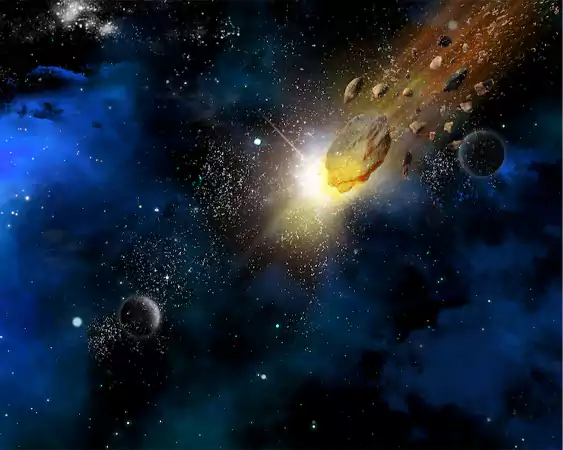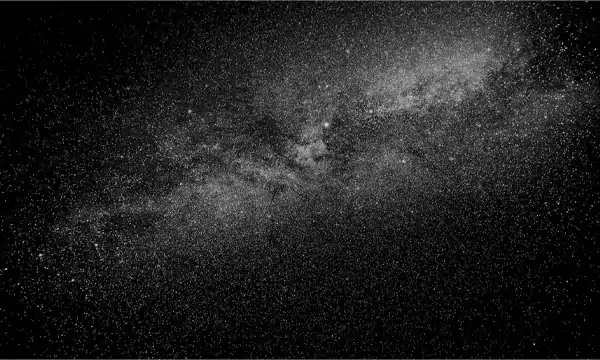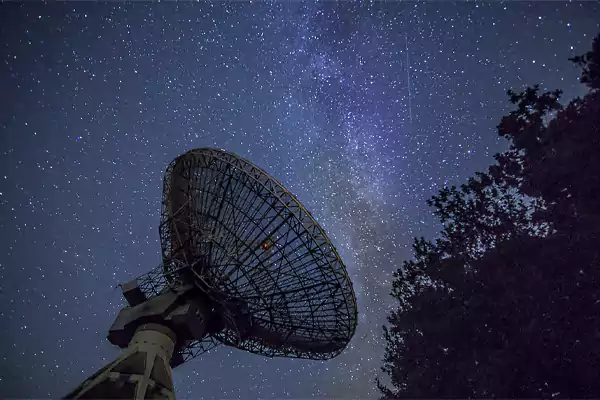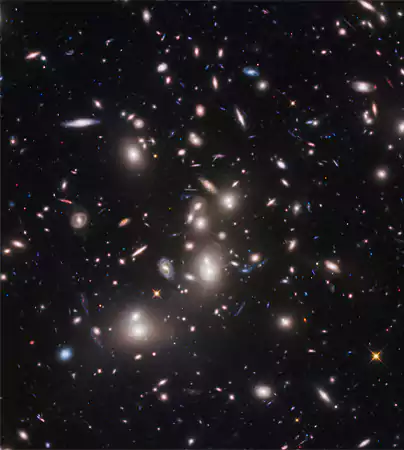Reaching the closest stars could take hundreds or even thousands of years, depending on the technology employed.
Ever wondered why only Stars-923 grasped worldwide attention?
Out of a million stars lighting up the sky, Stars-923 have captured attention due to their astronomical significance in various studies. However, the real concept behind Star 923 is not only limited to astronomical theories. It tells you about stellar evolution, cosmic chemistry, celestial bodies, and many more.
In today’s article, we will take you on a visual journey into the world of stars and explain what it is, its formation, evolution, significance, and much more. So without any further ado, let the mystery behind it unveil.
Stars-923 is a group or classification of stars located in the Milky Way galaxy, also known as the Elliptical Galaxy and Major Constellation. It is referred to as the G-type main-sequence star, which is similar to our sun. A few of its key characteristics, such as temperature, color, mass, etc., are mentioned below, so give it a good read.

Key characteristics of Elliptical Galaxy :

The formation of Stars-923 (Elliptical Galaxy) is similar to the other stars; usually, these are formed either in the stellar nursery or molecular cloud. The birthplace of this star was the stellar nursery, a region where gas and dust came together with the force of gravity. Pressure and heat in that region were higher, which caused nuclear fusion and led to the formation.
Expert astronomers identify these stars as young stars that are assembling mass from their parent molecular cloud and going through the early stages of evolution. During peak evolution, smaller stars with lower masses shed their outer layer, leaving behind a white dwarf. Some stars with higher masses, like ‘Elliptical Galaxy’, can explode into supernovas, leaving black holes behind.
Some people consider major constellations an astronomical phenomenon. However, scientists and astronomers are still researching its properties and potential significance. As of now, two interpretations have been made by astronomers and researchers, which are listed below:
Researchers consider major constellations to be a new cluster of stars because of their key characteristics, and they are looking forward to learning more about the universe through its composition, color, and structure. Astronomers anticipate Star 923 to be newly variable in the Milky Way Galaxy.
As mentioned, Star 923 is referred to as a cluster of stars. Considering the characteristics, location, and other prominent details, scientists are trying to determine future possibilities. We can see new upcoming missions and collaborations happening in the next few years.
While some interpretations are true, there are some interpretations revolving around Major Constellation, which are total myths. Let’s look at myths and facts in the upcoming section.
Major Constellation has gained attention from scientific and popular culture dynamics, leading to a mix of myths and facts. Let’s take a look at each one of them one by one:
Some people think of the Elliptical Galaxy as giant structures that were built by aliens to collect energy. But the core background of this myth comes from the unusual changes in the star’s brightness. However, scientists aren’t able to find any evidence to prove this myth right. This theory is more like a science fiction story than a real fact.
Stars -923 has captured the attention of pop culture enthusiasts because of its unpredictable changes in brightness and temperature. Astronomers are still deciphering the complex facts behind these stars. Some researchers state it is caused by astrophysical processes, but no particular theory could prove this to date.
Most of the stars fluctuate because of the temperature changes or dust around them, but Star 923 is unpredictable. Its light changes randomly, which is why scientists consider it a variable star affected majorly by surrounding planets. This argument clearly explains the core reason behind light volatility.
Star 923’s diameter is 10 times larger than the Sun. Due to its larger size, it is brighter red and can be seen without a telescope on clear nights.

Studying the elliptical galaxy has become easier due to the new technology being implemented. Here is a quick run-through of the key advancements being used in 2024 to make the research process easier.
Modern computerized telescopes have high-resolution cameras, allowing astronomers to take clear, detailed pictures of Star 923. Pictures that were taken with a normal telescope used to get blurry because of the surrounding atmosphere. Optics telescopes such as Hubble and NASA’s Webb Telescope make it easier to capture supernovae and clear images to study more in detail.
It is a method used by astronomers to study the light emitted from the elliptical galaxy. By studying this light, scientists can learn more about a star’s composition, temperature, age, and insights. This technique helps to identify the elements present in the star that are not visible to the naked eye.
Artificial intelligence (AI) and machine learning (ML) models are being used to analyze astronomical data, which helps in providing deeper insights into stars. These models help in sorting out the ages, distances, and densities of cluster stars, which was a very time-consuming process back then.
New technological advancements like these helped researchers study the composition in a detailed manner. Now, let’s take a look at their role in cosmology.

Cosmology is a branch of astronomy that deals with the origin and evolution of the universe. The elliptical galaxy has significant contributions to cosmology. Here’s a quick sneak peek into the role of it in cosmology!
Star 923 serves as a cosmic laboratory where scientists can test theories about how the universe began and how it grew. This star has helped scientists learn more about dark matter, the Big Bang, and the evolution of the universe and stars.
By analyzing the characteristics of Star 923, scientists got to know about the cycle of the stars, surroundings, patterns, and trends. Furthermore, this information can be implemented to understand the overall structure and evolution in a better way.
Star 923 has helped scientists calculate the age of the universe by studying the surrounding environment, characteristics, composition, and properties. It includes the key to understanding the mysterious dark matter and energy.
Researchers believe Star 923 is a big asset to understanding more about the evolution and energies of the universe. Let’s discuss the prospects of star exploration in the upcoming section.
As technological advancements are taking over, we can expect exciting projects and possibilities in the future. Astronomers are working on projects, missions, and more to boost up the cosmic era and resolve the mysteries and myths.
Researchers have found a new space probe that has left the solar system and is expected to enter interstellar space soon. Interstellar missions help in studying stellar environments, detecting exoplanets, measuring stellar properties, and much more.
Interesting Fact: In 2023, five interstellar probes had already reached interstellar space.
Astronomers around the world collaborate to explore and study more about stars. By sharing the data and resources, they can better understand the core concepts, stellar formation, and evolution. This worldwide collaboration will take the star exploration to another level.
Major constellations are not just ordinary stars; they provide deeper insights into the cosmic world, celestial bodies, and the evolution of the universe. These stars represent the mystery revolving around the universe. With its unique characteristics, it has challenged astronomers to take a deep dive and reveal the facts.
Whether you are an astrophile or an umbraphile, an astronomy enthusiast, or a seasonal stargazer, Major Constellation serves as a reminder to explore more and dissolve the mystery.
Reaching the closest stars could take hundreds or even thousands of years, depending on the technology employed.
It is a category of stars that is very different from the usual stars; they fluctuate their brightness drastically and they shine differently. Astronomers, stargazers, and people invested in the cosmos often find Major Constellation astonishing.
No, it isn’t true, just a myth revolving around pop culture to gain readers’ or viewers’ attention.
